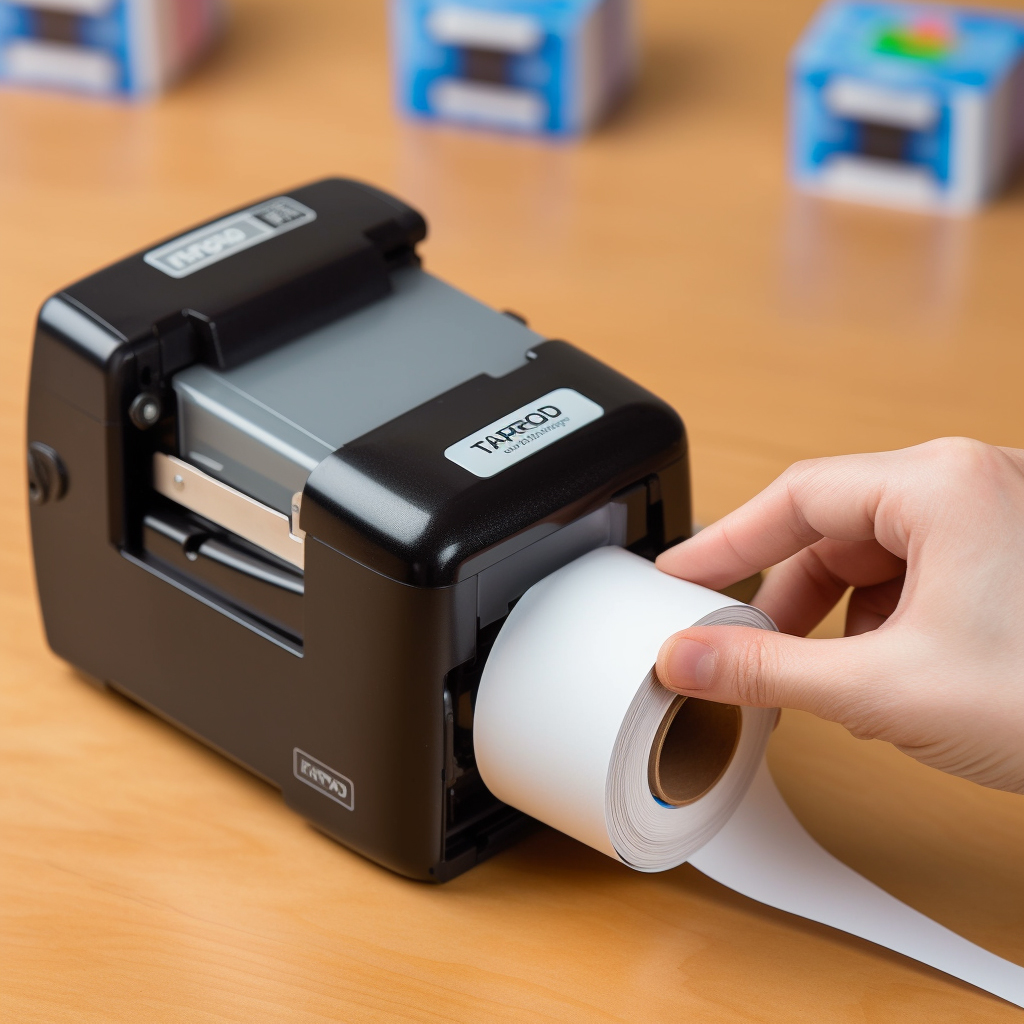
Thermal paper is a common printing material, widely used in the fields of receipts, bills and labels. However, for the use of thermal paper, many people will have a question: does thermal paper need ink? In this article, we will answer this question and provide relevant information.
First, let’s understand how thermal paper works. The thermal paper was heated by the print head to generate the blot. The heating element in the print head hethe thermal coating on the thermal paper so that it produces visible images or text. This heat-sensitive coating changes color after heating, forming the printing results. Therefore, the thermal paper does not require ink to achieve printing.
Compared with traditional inkjet printing or laser printing, thermal sensitive printing technology has some unique advantages. First of all, without requiring external media such as ink or toner, thermal printing is more simple and convenient. Users do not need to deal with cartridges or toner, or worry about the drying up of ink or depletion of toner. In addition, the thermal printing speed is fast and suitable for scenarios that require efficient printing.
However, it should be noted that the durability of the thermal printing is relatively low. Imprints on thermal paper are gradually affected by exposure and thermal decomposition, and thus may become blurred or disappear after a period of time. Therefore, thermal printing is usually suitable for documents and labels for temporary or short-term use, rather than long-term storage or printing of important documents.
In addition, there are special applications that require additional ink on thermal paper to increase the durability and readability of printing effects. This type of thermal paper is known as the enhanced thermal paper. They add an ink layer on top of the thermal coating to provide longer and clearer printing results for specific requirements that require higher quality printing.
In conclusion, the thermal paper does not require ink to achieve printing. It generates blots by heating the thermal coating and therefore does not involve the use and replacement of the ink. However, it should be noted that the printing results on thermal paper may not be durable enough to be susceptible to the external environment. Prolonged exposure to thermal paper in sunlight or high temperatures may lead to fading or blur of printed results. Therefore, thermal paper may not be the ideal choice in cases where long-term preservation or higher printing quality is required.
In addition, the quality of different types of thermal paper also varies. Some high-quality thermal paper can provide more durable, clearer printing results, and have less impact on the external environment. Therefore, choosing the appropriate thermal paper is very important to ensure the quality and durability of the printed results.
In summary, the thermal paper does not need ink for printing, it uses the thermal coating to generate blots. This makes thermal printing more convenient and more efficient. However, the printing results of thermal paper may not be durable enough to be susceptible to the external environment. When selecting thermal paper, its quality and application scenarios should be considered to ensure that meeting the printing requirements while achieving a better printing effect.
